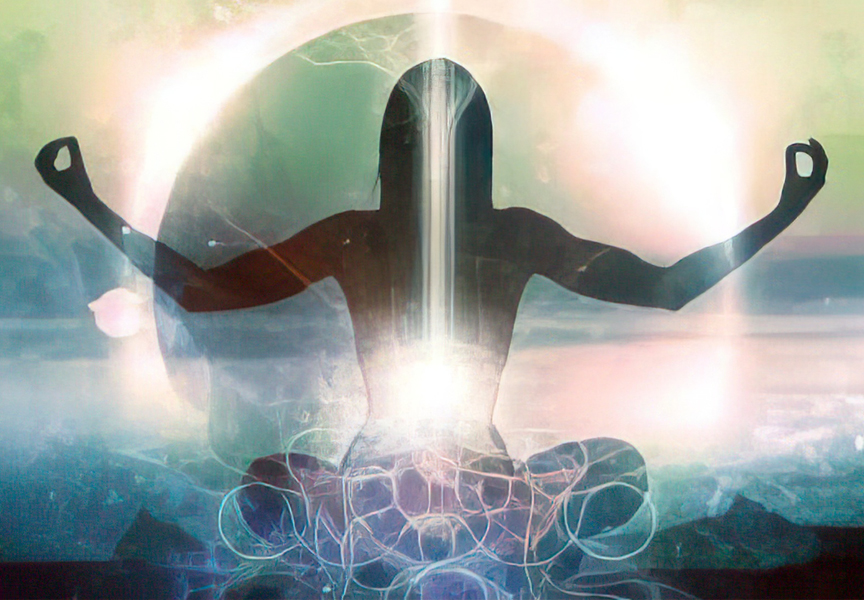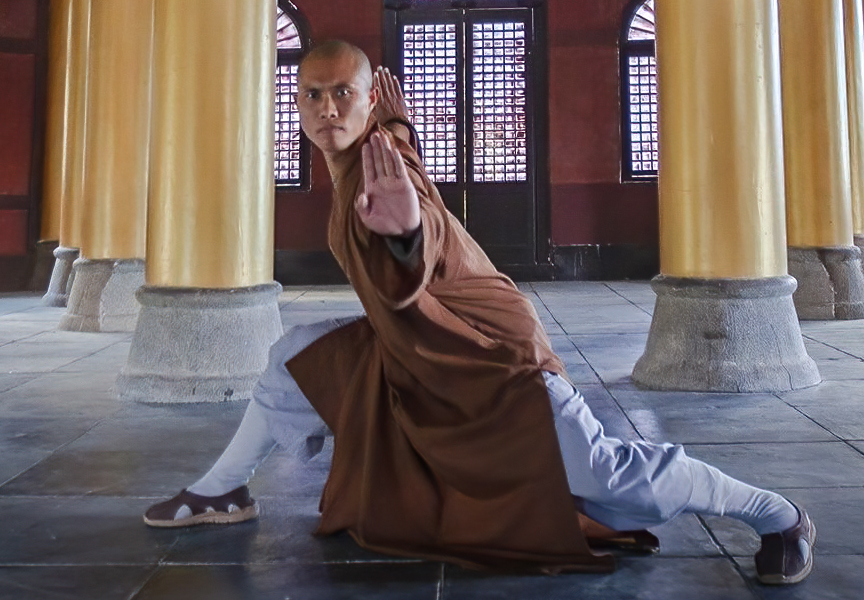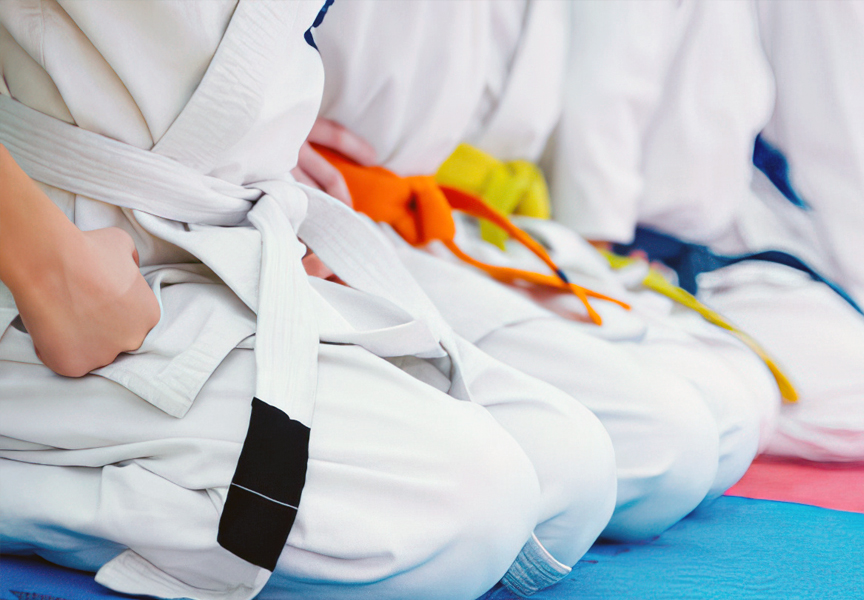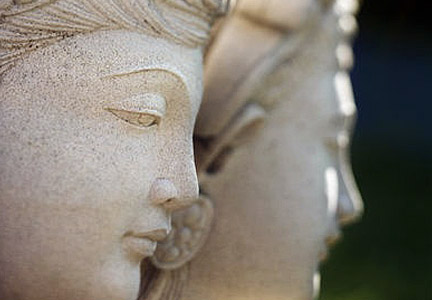Random Free Articles
- Tapping into the Vital Energy

In the realm of ancient Chinese philosophy and medicine, one concept has captured the imagination and curiosity of many for centuries - Qi [Chin.: Qì 气]. Often spelled as "chi" and pronounced as "chee," Qi is a fundamental and vital force that is believed to flow through all living things, shaping our physical, mental, and spiritual well-being. While Qi might sound esoteric to some, its cultivation and understanding play…
- Progress Rooted in Tradition

In an era characterized by rapid technological advancements and a relentless pursuit of the new, it is crucial to recognize the enduring value of tradition and primordial knowledge in shaping the path of human progress. While modernity often encourages us to look forward, we must also look backward to the wisdom embedded in our cultural heritage, ancient practices, and timeless traditions. This article delves into the symbiotic relationship…
- The Erosion Of Tradition in Martial Arts

How Competitive Sports Dilute Traditional Martial Arts In the world of martial arts, tradition is more than just a concept; it's the soul that breathes life into these ancient disciplines. Rooted in centuries of history, traditional martial arts have long been revered for their holistic approach to self-defense, personal development, and cultural preservation. However, in recent times, a noticeable shift has occurred as many traditional…
- True Essence of Martial Arts

A Journey of Inner Cultivation In a world that often associates martial arts with physical prowess and the development of a sculpted body, it is time to shift our perspective and recognize martial arts as a form of art that transcends the boundaries of mere physicality. Beyond the kicks, punches, and acrobatics, martial arts demand a deeper commitment to inner cultivation, fostering a harmonious connection between the mind, body, and spirit.…
- Eliminating EGO

Many people harbor the notion that there must be an enduring, unchanging core of personality or self to make sense of their existence and life experiences. In the face of this existential question, the teachings of Buddha shed light on a profound insight: there is no actual, permanent, or self-standing personality or self. This principle constitutes the third hallmark of existence. Were a self to truly exist independently, it should be…

